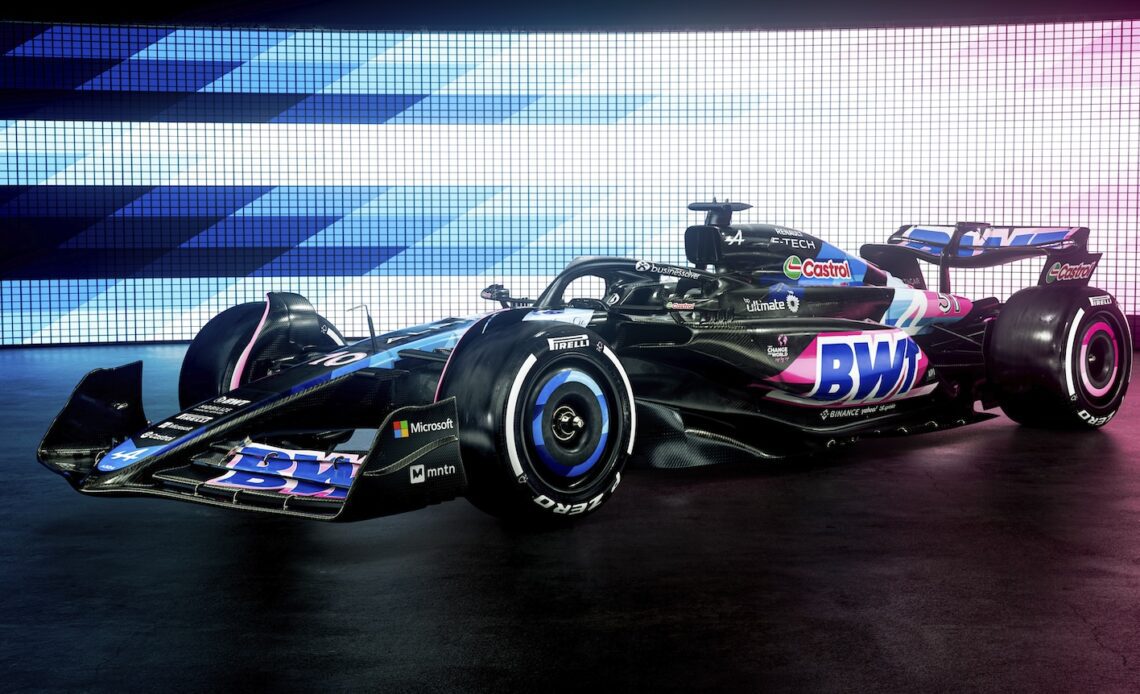It’s undeniable that Formula 1 showcases driving talent at its finest, but have you ever thought about the exceptional engineering behind the construction of these machines that are designed to achieve the highest standards in performance, speed, and safety in every race?
Along with the talent of the pilots and top-notch strategies developed by their teams, you find the fastest vehicles that keep Formula 1’ passionate fans on the edge of their seats while they watch the cars race around the iconic circuits of Grands Prix hosted in various continents. Continue reading this article for a deep dive into Formula 1 car technology.
A new Formula 1 car is designed
Different from other racing competitions, a Formula 1 car is unique to each team and a new vehicle is designed and continually developed throughout the season, with new components and technologies being implemented in almost every race.
However, the process of designing a Formula 1 car is long, and the teams start working a season prior, reuniting the engine and chassis teams to discuss overall approaches to the following season based on the pilot’s feedback about the current car.
Progressively, during the season, more personnel are relocated to work on the new car, and the project becomes more and more detailed. Finally, the designs turn into parts that are tested to compose the new vehicle.
The soul of a car is its Powerhouse
A Formula 1 car is powered by state-of-the-art power units that generate around 1.000 horsepower and enable the vehicle to speed over 220 miles per hour, the equivalent of almost 360 kilometres per hour. The secret is the powerhouse’s ability to operate with energy efficiency.
Basically, the vehicle recovers and reuses heat energy due to the Energy Recovery System (ERS), which combines a Motor Generator Unit Kinetic (MGU-K) and a Motor Generator Unit Heat (MGU- H). This innovative system not only boosts power but also guarantees that Formula 1 cars are as environmentally friendly as possible.
Aerodynamics makes the Formula 1 car almost fly
A Formula 1 car is designed to generate minimal resistance while it speeds and downforces.
The aerodynamics in every aspect of the car body and its front and rear wings generate stability and equilibrium to reduce drag on straights and increase downforce in corners.
Click here to subscribe to our print edition!
Carbon fibre chassis: a masterpiece of engineering
The chassis of a…
Click Here to Read the Full Original Article at Paddock Magazine…

